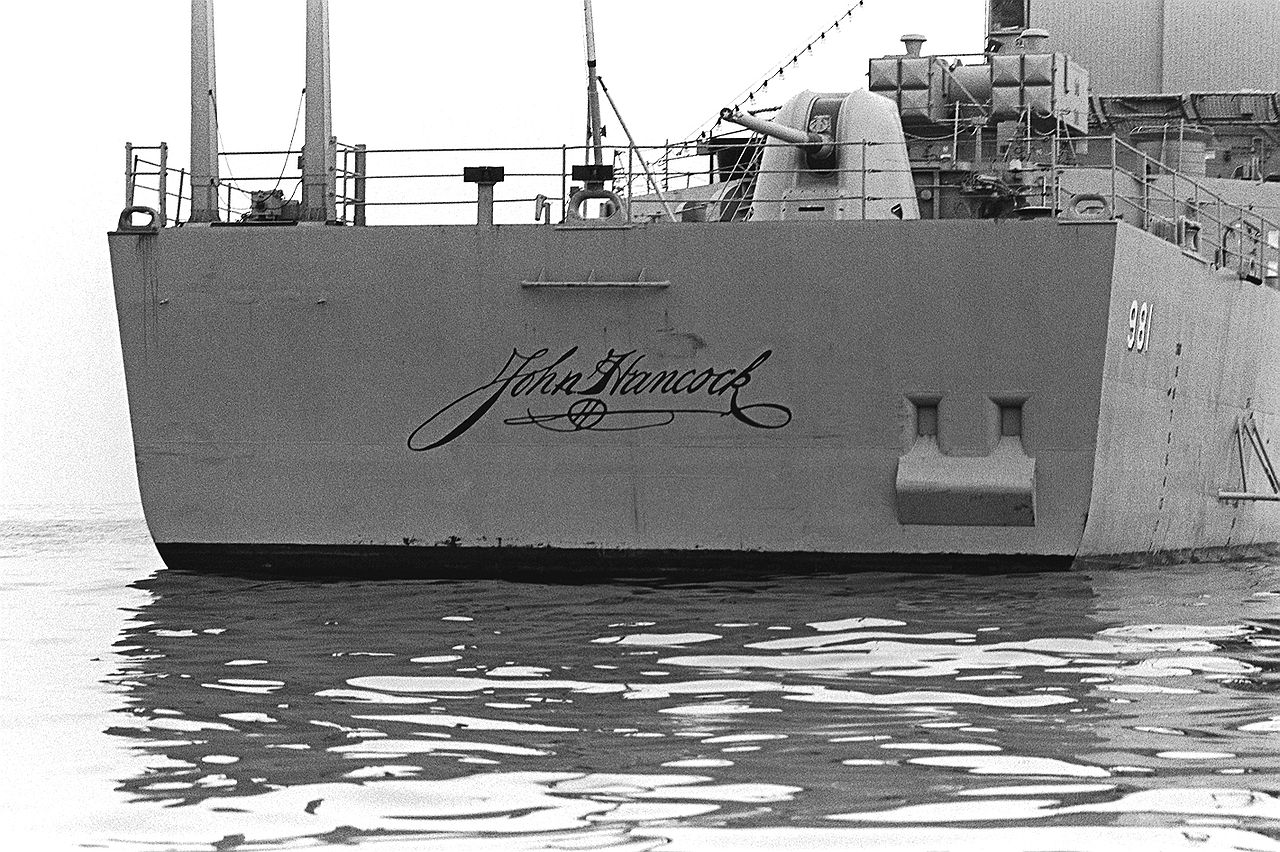Happy Independence Day from the GoCertify Team

Saturday was Independence Day here in the United States. When a federal holiday falls on the weekend, the offices of GoCertify are typically closed either on the preceding Friday or the following Monday. So, well, here we are. Or rather, you know, here we aren't. We're enjoying a day off.
Independence Day commemorates the adoption of the Declaration of Independence by the Continental Congress on July 4, 1776. This event energized and crystallized American resistance to British rule, which had already erupted into war on April 18, 1775 and stands as a famous turning point in the history of the United States.
We'll return to our regular schedule of operations on Tuesday. Until then, why not enjoy this Independence Day-themed quiz about John Hancock, the Boston merchant and formerly famous Founding Father who is now remembered mostly for writing his name really big at the bottom of the seditious declaration.
1) Who raised John Hancock?
2) True or False: John Hancock is the namesake of the famous merchant shipping firm he operated, House of Hancock.
3) How many children did John Hancock father following his marriage to Dorothy Quincy in 1775?
4) What was John Hancock's role in the Boston Tea Party?
5) Where was John Hancock at the outbreak of the American Revolution 1775?
6) Who famously made an exception of John Hancock and fellow revolutionary Samuel Adams when offering to pardon the rebellious colonists in the aftermath of the Battle of Lexington and Concord?
7) True or False: As president of the Continental Congress in 1775, John Hancock famously believed he should be named commander-in-chief of the colonial army.
8) John Hancock's famous signature is a hallmark of the ceremonial "engrossed copy" of the Declaration of Independence, signed by delegates to the Continental Congress on Aug. 2. Who signed the original "fair copy" of the Declaration, prepared and distributed as a broadside by printer John Dunlap?
9) What ship did the United States Navy name after John Hancock?
10) True or False: Hancock Manor, the residence on Beacon Hill in Boston that Hancock inherited and where he lived out his post-revolutionary years, is now a National Historic Site.
[See next page for answers]

ANSWERS
1) Following the death of his father, Hancock was raised from age 7 by a childless paternal uncle, Thomas Hancock, and Thomas Hancock's wife, Lydia.
2) False. After being trained in the family business for several years, John Hancock inherited the company already known at the time as House of Hancock from Thomas Hancock upon the latter's death in 1764.
3) Two. Lydia Henchman Hancock, born in 1776, died just 10 months after her birth. John George Washington Hancock, born in 1778, died in 1787 following an ice skating mishap.
4) Though he was present at the famous gathering in the Old South Meeting House that precipitated the Boston Tea Party, and reportedly encouraged the actions of the aggrieved protesters by stating, "Let every man do what is right in his own eyes," Hancock did not take part in the Tea Party itself.
5) An established and notorious instigator of revolutionary sentiment and activities, Hancock was at Lexington immediately prior to the posting of British soldiers there on April 19, 1775. Though he had hoped to remain at Lexington and fight, Hancock was persuaded to leave, along with fellow revolutionary leader Samuel Adams, before the British arrived.
6) British commander General Thomas Gage, the recently installed military governor of Massachusetts, attempted to defuse revolutionary ire by offering to pardon any colonists who would "lay down their arms, and return to the duties of peaceable subjects," but declared that Hancock and Adams were to be considered exempt from any such considerations.
7) Probably false. While it has been widely repeated that Hancock sought the post that made George Washington the hero of the American Revolution, there is no contemporary evidence to support that claim. John Adams, who nominated Washington, mentioned years later, in 1801, that Hancock had been deeply disappointed at not being named to the post himself.
8) It's generally believed that Hancock, as president of the Continental Congress, was the sole signatory of the "fair copy" (which no longer exists). The only names to appear on the Dunlap broadside are those of John Hancock and Charles Thomson, secretary to the congress, who is believed to have legally attested to Hancock's original signature.
9) The Navy has named a number ships after Hancock. The Spruance-class destroyer USS John Hancock, was commissioned from March 10,1979 through Oct. 16, 2000. Five ships have been named USS Hancock, including three, a schooner and two frigates (one of which was renamed USS Alliance), used during the American Revolution. The fourth USS Hancock was a naval transport from 1902 to 1925, and the fifth was an aircraft carrier that operated from 1944 to 1976.
10) False: Hancock Manor was torn down in 1863, after both the state of Massachusetts and the city of Boston declined to assume the cost of its maintenance.





